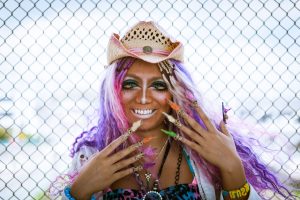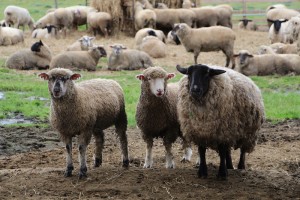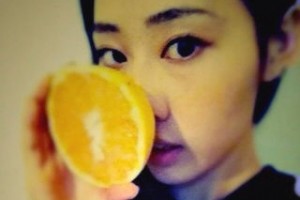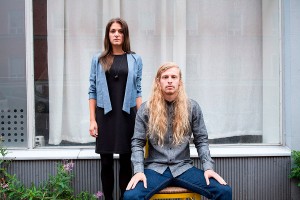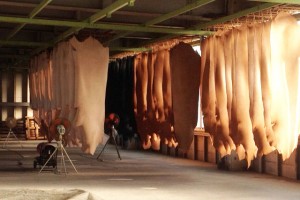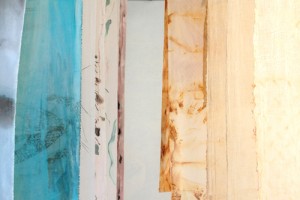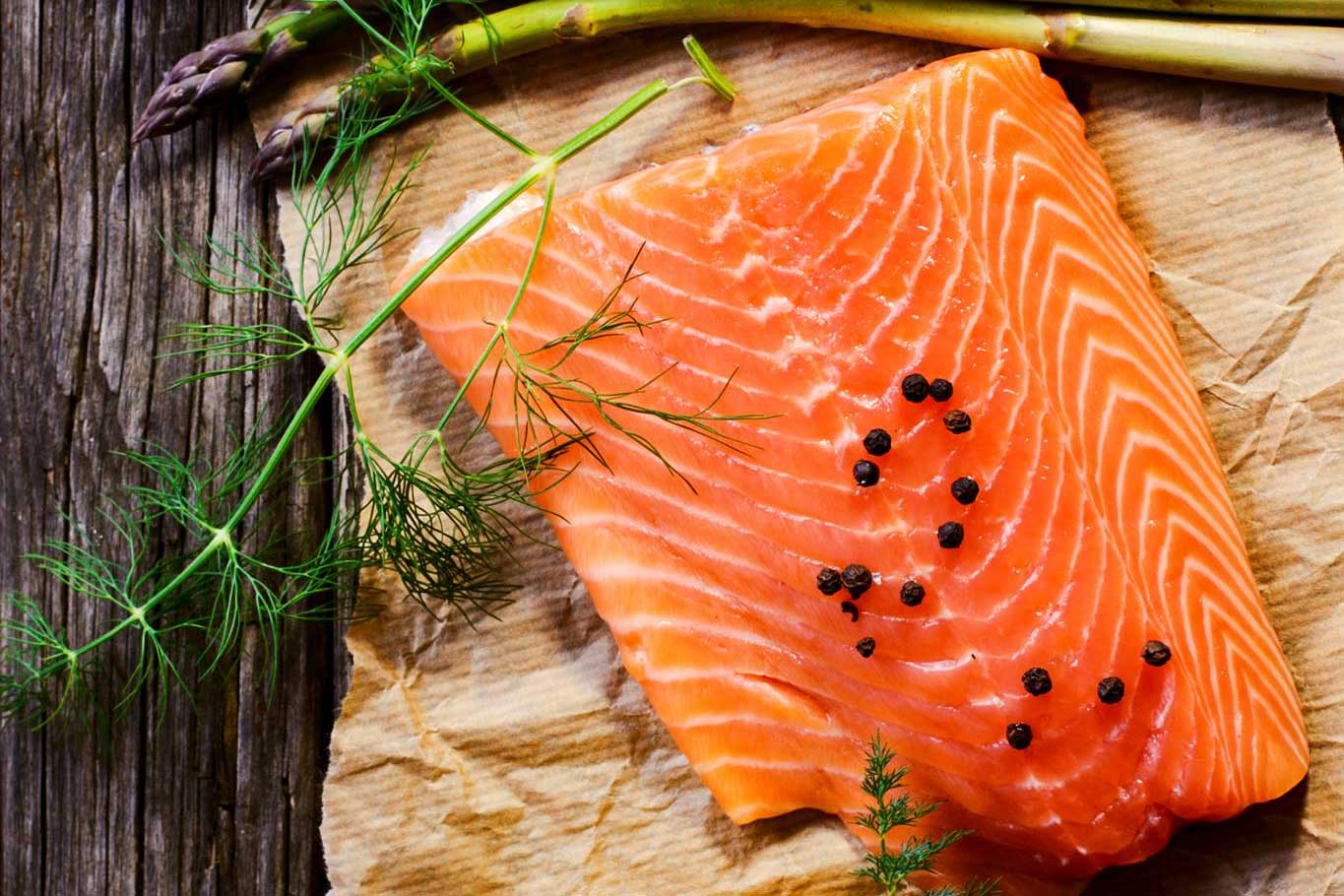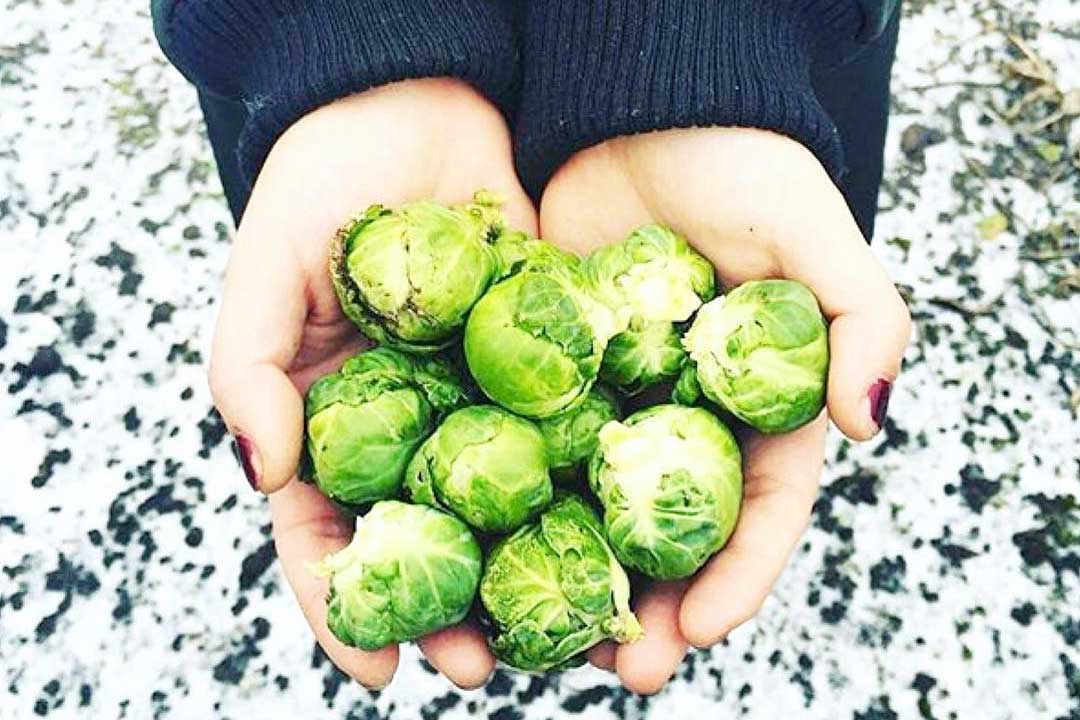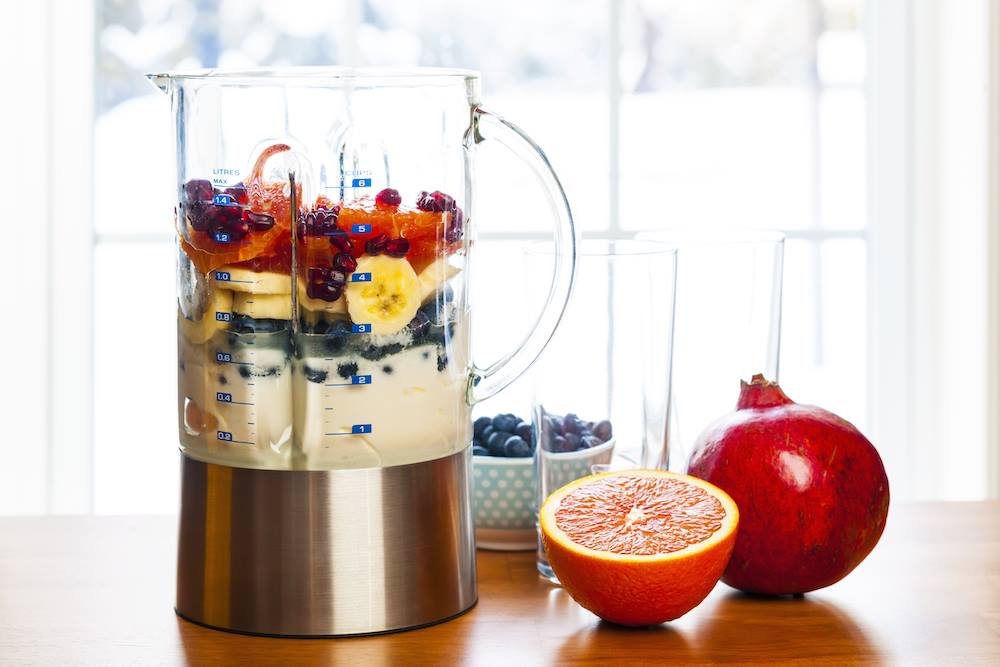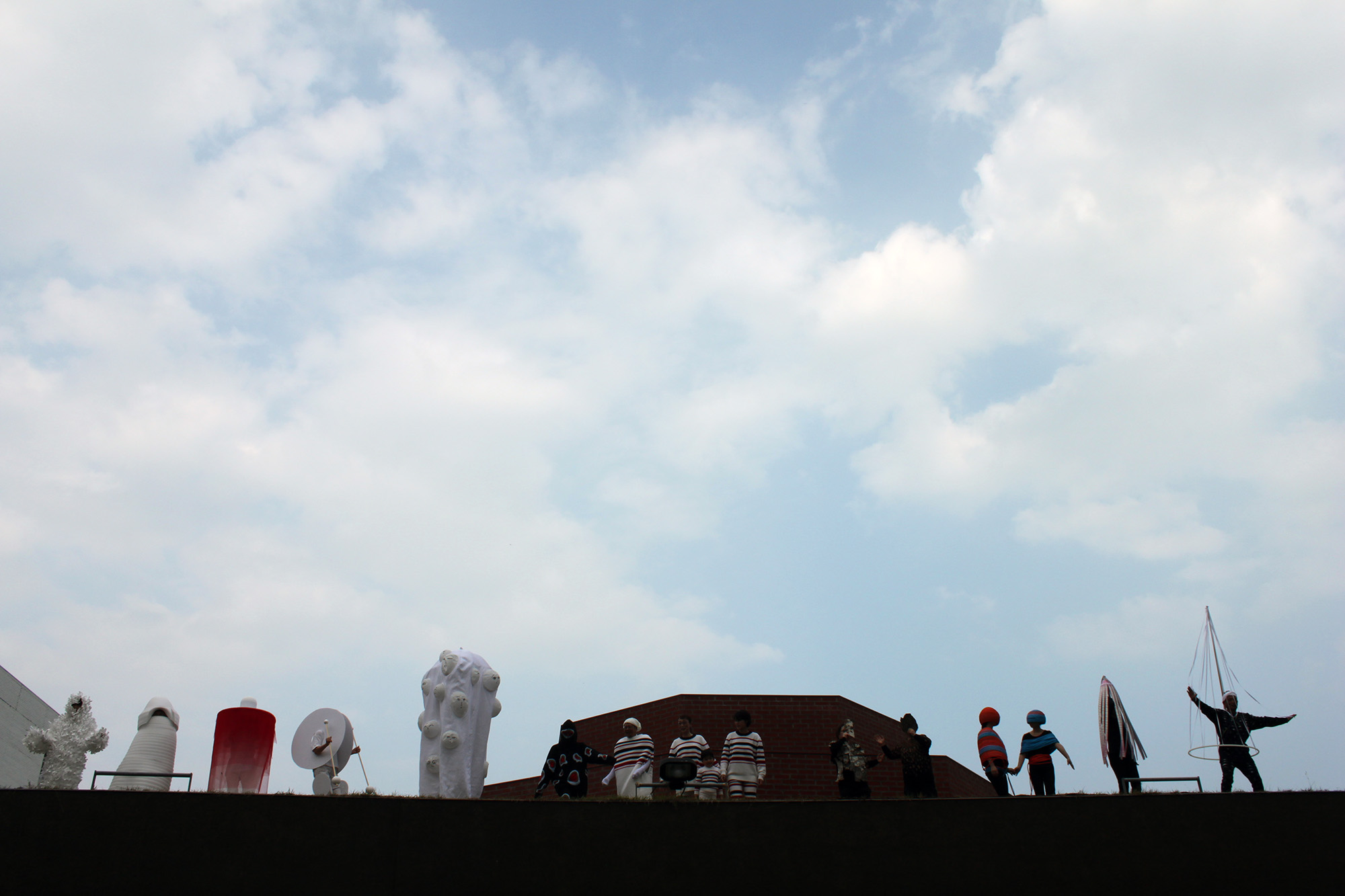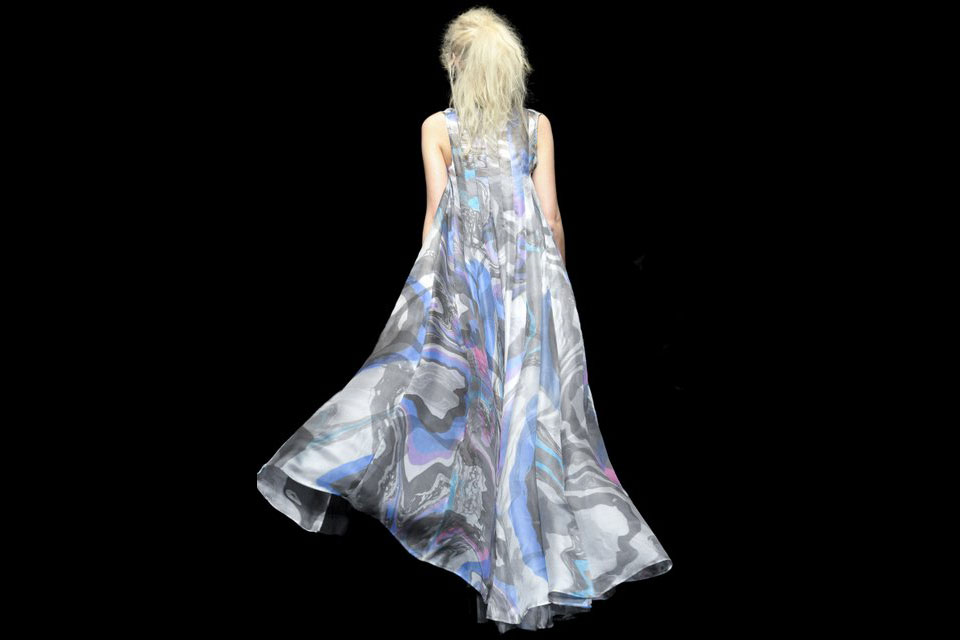SuperOrganic® create a society that does not bear a smile by rooting OrganicLife. SuperOrganic® means foods and lifestyle with the maximized innate natural power, with consideration for the use of levels of radioactivity and non-use of agrochemicals, chemical fertilizers or additive substances. It also serves to safeguard the integrity of a rich natural environment and biodiversity.
Currently living in Hokkaido, Japan, Island girl Trisha, the ambassador for SuperOrganic®, will share some tips to SuperOrganic® lifestyle with Hawaiian spirit.
Hey everyone! It’s Trisha, your island girl SOF ambassador! I hope your new year is starting off wonderfully.
During January in Japan, many will host a gathering called shin-nen-kai which literally means new year gathering in Japanese. As I’ve mentioned in my previous article, January fell under the very long celebration period called makahiki in ancient Hawaiian time.
So to incorporate a bit of makahiki into shin-nen-kai, I like to host mines at my shabby shack a.k.a. home instead of izakaya pubs.
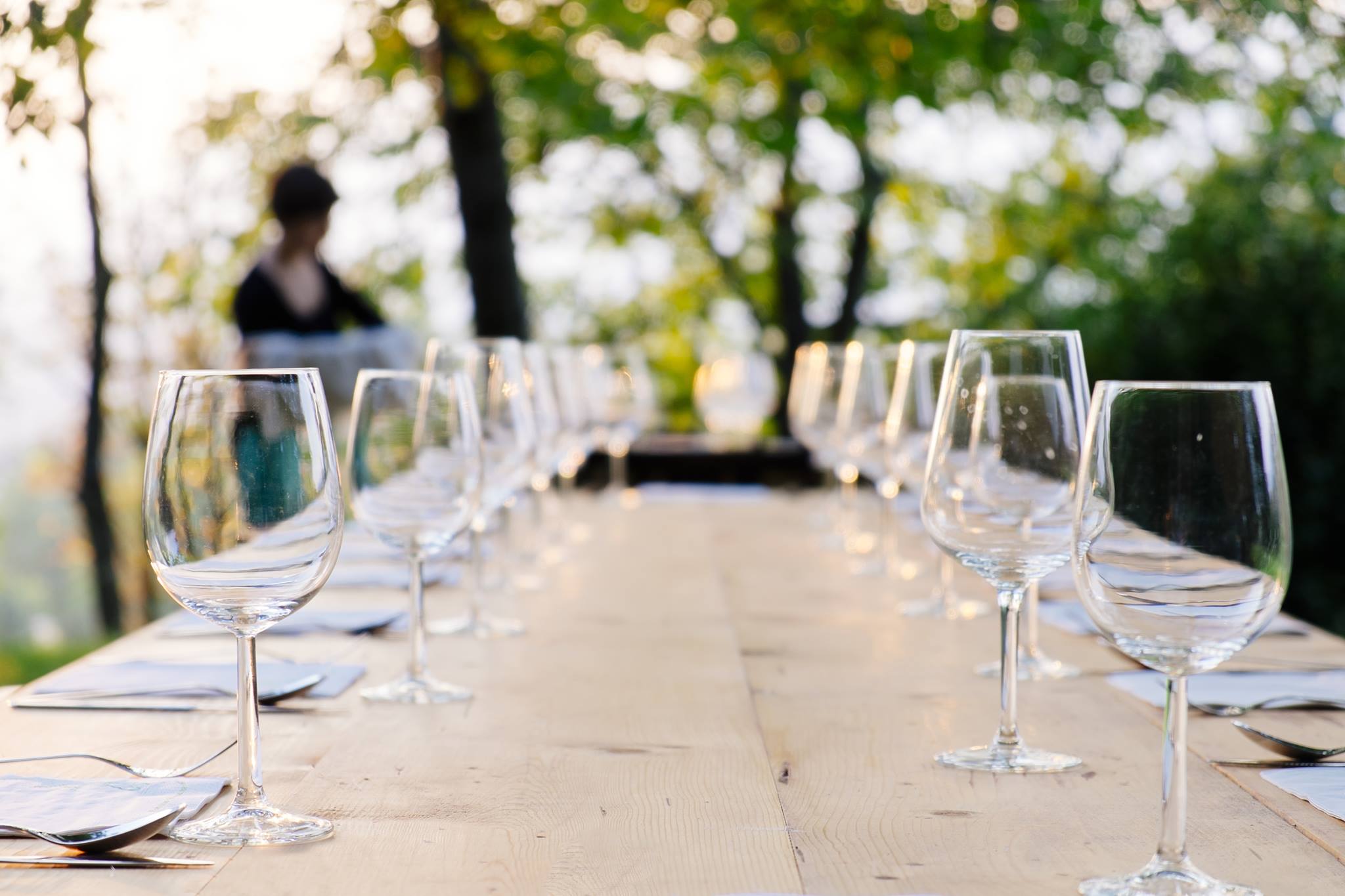
I like to host potluck style parties where everyone brings their favorite dish and share it with the rest of the gang. Potluck or not, it’s always good to ask your guests’ eating preference in advance so you can try to fit everyone’s needs.
If you are a guest, you should also check your host’s eating preference as well. People have different eating preferences for religious, cultural, and health reasons but this concept seems to be something new in Japan that many don’t know about.
After checking my guests’ eating preference, I take some time to think about what to cook. Since many seem to enjoy seafood regardless of their religion and health conditions, I often end up preparing Hawaiian dishes that use seafoods as its key ingredients.
1. Salmon with macadamia nut pesto sauce
Lomilomi salmon is one of a very famous Hawaiian dish I enjoy both preparing and eating. However, many salmon sold at supermarkets are farmed, often fed GMO corn and or soy! I’m blessed to be living in Hokkaido where it’s known for delicious wild salmons.
When sashimi-grade salmon is not available, I like to panfry salmon fillets and use macadamia nut pesto sauce for a bit of island vibe. You can add chopped mac nuts to store bought pesto sauces or you can easily whip one up with a bunch of fresh basils.
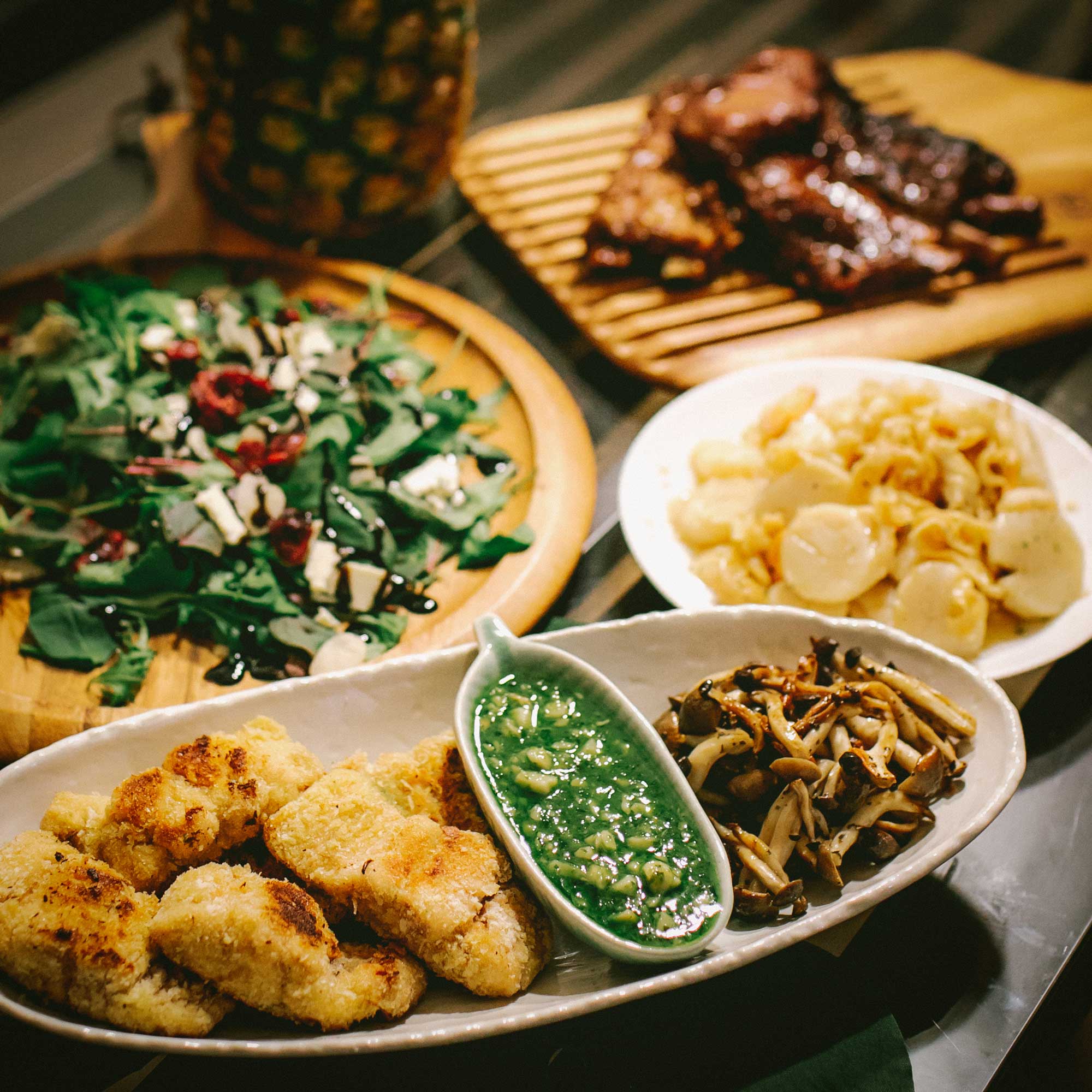
2. Garlic Scallops
Shellfish dishes are also popular among locals in Hawaii. Often times, people collect and pick their own at the beach or dive deep down the beautiful Hawaiian blue sea.
Garlic “shrimp” is a popular dish eaten especially by tourists in the North Shore area of Hawaii, made first famous by a shrimp farm in Kahuku. Since shrimps don’t rank so high on the sustainable seafood ranking, I opt for scallops instead. According to Seafood Watch, a program run by a non-profit aquarium in California, scallops are considered sustainable and are recommended as an alternative to other shellfish.
To make garlic scallops, first clean scallops under running water. I only remove the gills, rectum, and the digestive gland; the mantles, roes, and side-muscles are delicious as well! Trust me on this!! Heat a frying pan and add a dash of olive oil or avocado oil, sauté chopped garlics and scallops, add butter at the very end. Gently salt and pepper to taste.
3. Shellfish Dip
Shellfish simply grilled on the bbq grill is hassle-free and delicious! But if grilling is not an option for you, how about making a dip?
Boil your favorite shellfish, mix the shellfish with cream cheese; the amount of shellfish and cream cheese should be about 3:5 or 4:5 ratio. Reserve the shellfish juice from boiling and use it to turn the dip into your favorite consistency. Salt and pepper to taste, add dry oregano and other herbs of your choice and serve it with chips and veggie sticks!
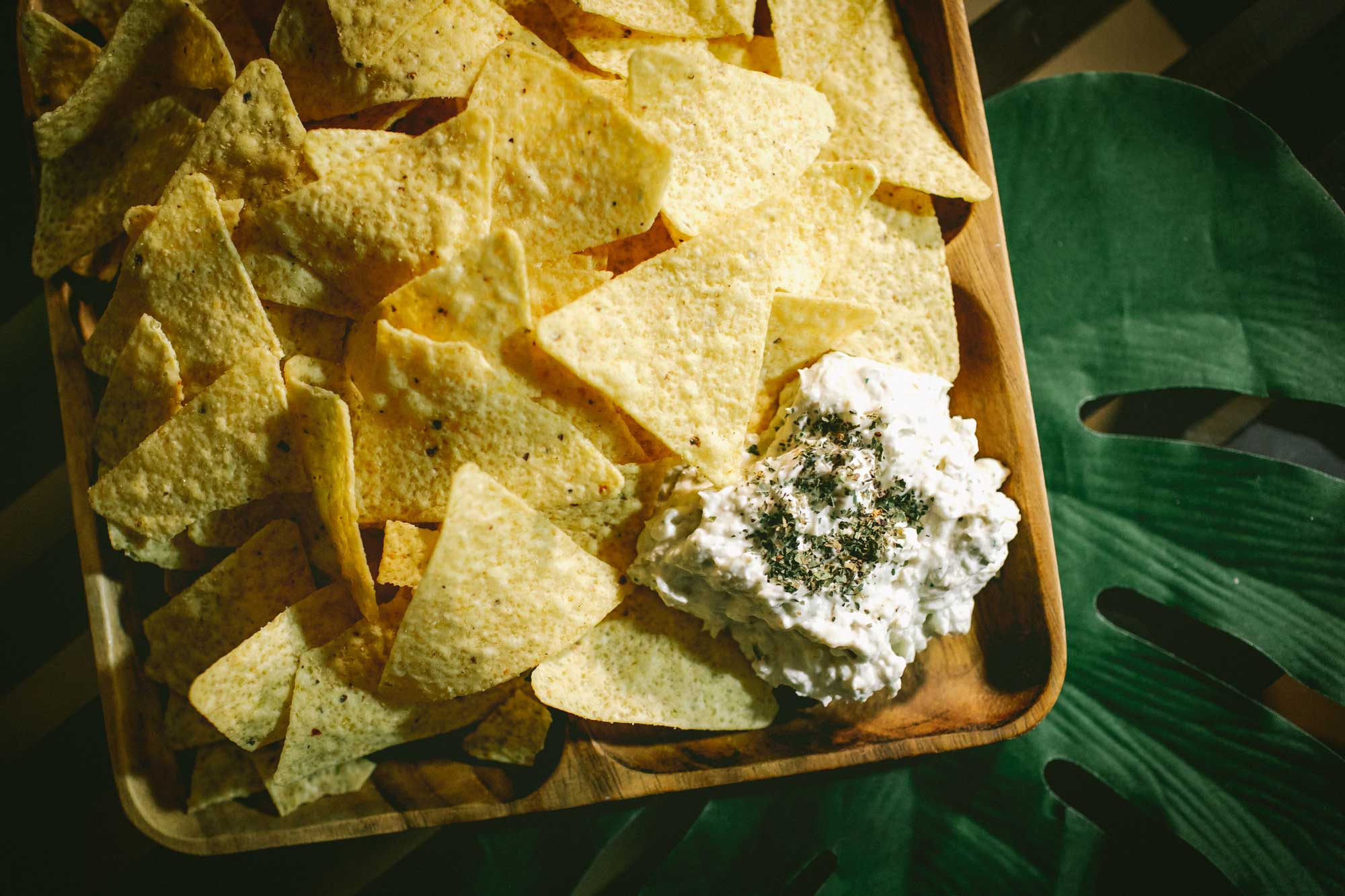
Seafoods make any boring dish into everyone’s favorite with all that pizzazz! Living in Hokkaido, Japan, where it’s known for freshly caught delicious seafood, it’s only so natural to enjoy these blessings from the sea. However, it puzzles me sometimes when I visit local supermarkets that mainly sell seafoods from other prefectures and other countries. Why?
Ancient Hawaiians never overfished. When weather or ocean conditions were not fit for fishing in the deep blue sea, a very advanced aquaculture in a form of fishponds were put to use. People gathered what they needed for a meal from the fishpond, never collecting more than what their belly could handle.
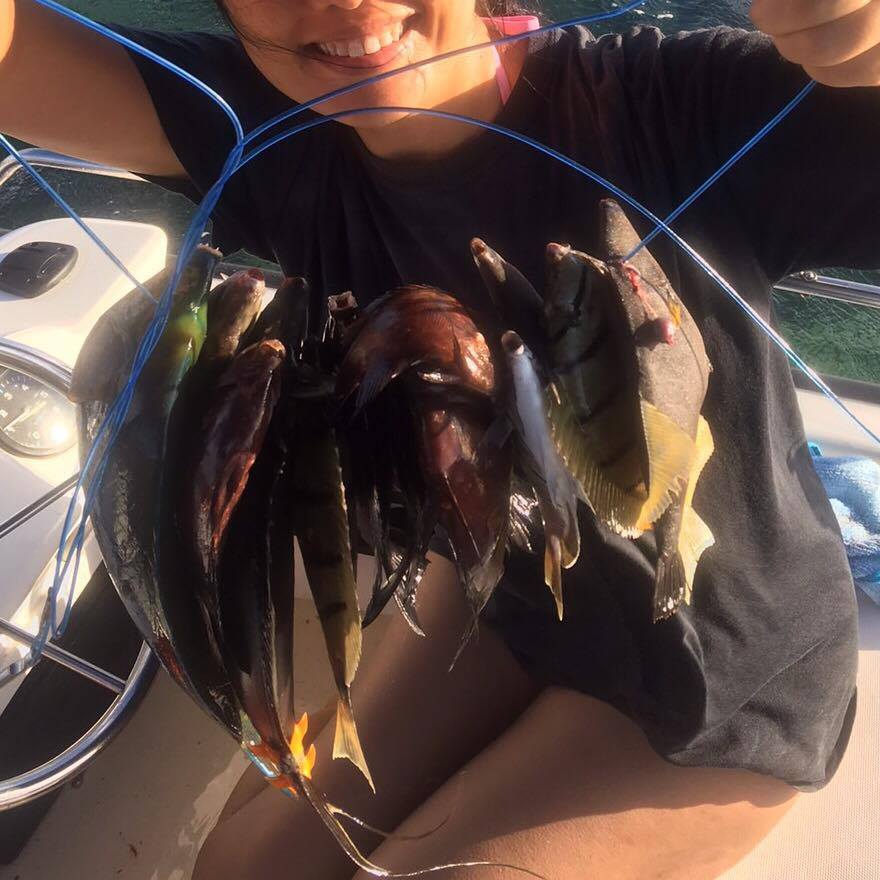
Enjoying fishing in Hawaii!
Overfishing causes serious damage to our planet, screwing up the ecosystems both above and under the sea. There are fishermen not being compensated for their hard work and it’s about time that we consumers start using fair trade business concept to things besides chocolates and coffees.
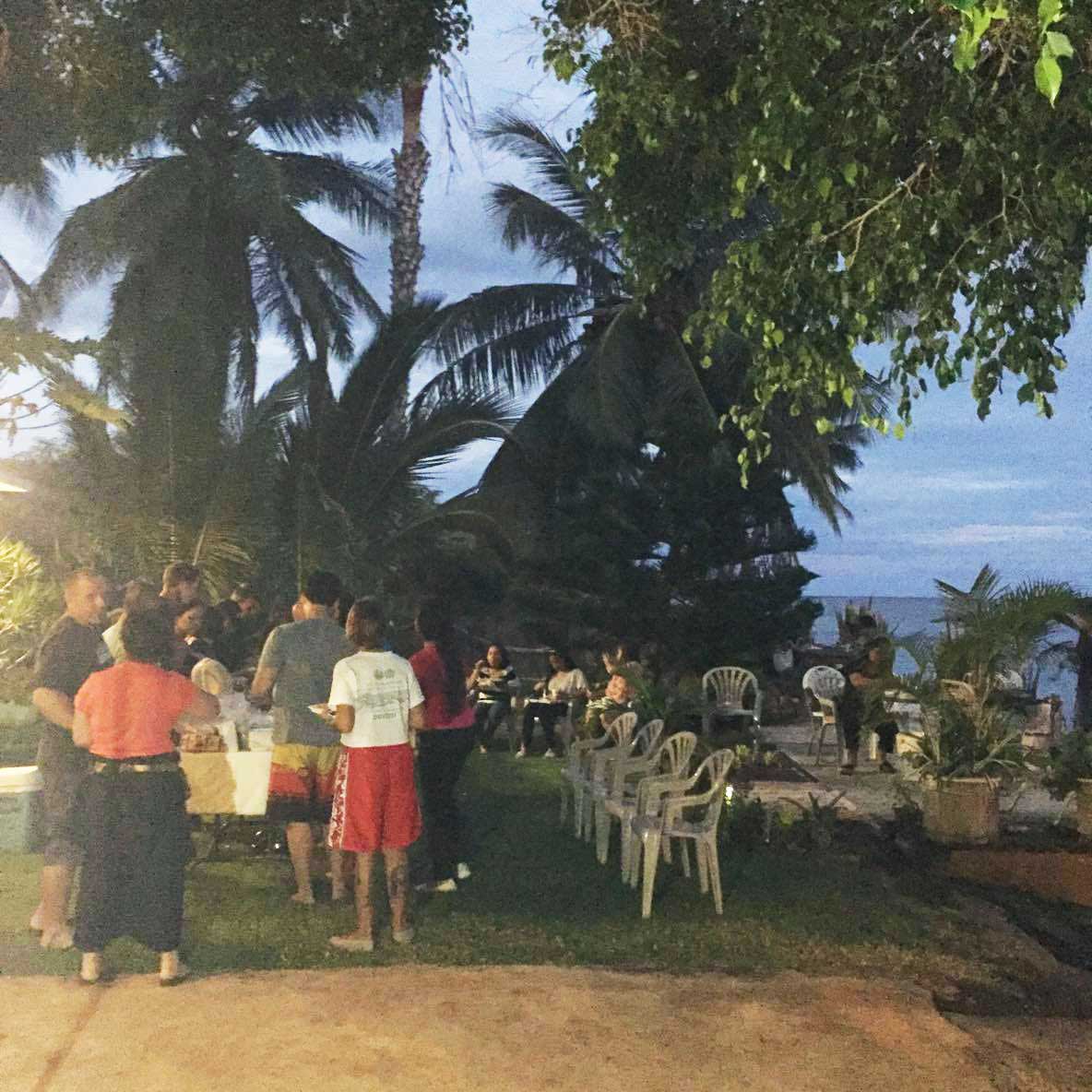
Potluck Party in Hawaii.
Imagine your home cooked seafood dish at a potluck party inspiring your friends and colleagues to naturally support local fishermen.
Imagine how much carbon footprint we can lessen by not having seafoods travel refrigerated across country and over seas.
Imagine the ecosystems being balanced and not worrying about all those food wastes emitting nasty hazardous gases on land.
Just imagine; you don’t have to preach about it, you just enjoying delicious food with your buddies can make a huge impact to save this planet! So why not celebrate the new year in this fun, ethical, and nomlicious way?!



